Retro Replay Review
Gameplay
Caillou: Magic Playhouse invites young players into a whimsical world of discovery and learning through a series of simple yet engaging mini-games. From choosing a themed treasure hunt—sports, music, sun & sand, or nature—to exploring each room and the backyard, the game encourages children to click on hidden objects and uncover playful animations. The straightforward click-to-pick-up/click-to-release controls make interaction intuitive for toddlers, eliminating the frustration of drag-and-drop mechanics and keeping the focus on fun.
The variety of activities, including Silly Stories, Block Puzzles, Butterfly Hunt, Matching Socks, Tap That Tune, Cloud Pictures, and Song & Dance, provides a balanced blend of creativity, memory challenges, and musical exploration. Each mini-game comes with instructions read aloud by Caillou’s mom, which not only guides the child but also reinforces listening and comprehension skills. Parents can adjust the skill level from 1 to 3 at any point, ensuring that children who find an activity too easy or too difficult can continue without discouragement or boredom.
Between the interactive segments, the game rewards progress with short video clips from the television show, creating a seamless link between gameplay and the familiar Caillou universe. Additionally, four printable offline activities offer extended engagement, solidifying early-learning concepts like phonics, pattern recognition, counting, and spelling. This thoughtful mix of on-screen and off-screen tasks encourages active participation and helps prevent screen fatigue.
Graphics
The visual design of Caillou: Magic Playhouse mirrors the clean, minimalist art style of the animated series, featuring bright primary colors and simple shapes that capture a toddler’s attention. Each room in Caillou’s house is rendered with clear outlines and bold hues, making interactive elements—such as toys, musical instruments, and nature items—stand out against the backdrop. This uncluttered approach ensures even the youngest players can easily identify objects and understand where to click.
Animations are charming and gently paced, showcasing Caillou and his friends performing little dances, waving, or reacting to the player’s discoveries. While the frame-by-frame movements are not highly detailed, they convey enough expression to delight children and reward their curiosity. Subtle sound effects—like the jingling of butterflies or the tapping of a xylophone—complement the visuals and provide immediate feedback.
Loading times are minimal, allowing young users to transition smoothly between rooms and activities without losing focus. The interface design keeps menus and buttons large and clearly labeled, reducing the chance of accidental clicks. Overall, the graphics may not rival high-end children’s titles, but they serve their educational purpose well and maintain the charm of the TV series.
Story
Caillou: Magic Playhouse doesn’t follow a traditional linear narrative; instead, it embraces the spirit of exploration that defines the show’s theme song—“I’m just a kid who’s four / Each day I grow some more / I like exploring / I’m Caillou…” Children embark on a playful journey through the rooms of Caillou’s home and backyard, seeking treasures and engaging in imaginative play. This open-ended structure encourages kids to set their own pace and choose which mini-game appeals to them next.
The absence of a strict plot allows for repeat play without the pressure of “beating” the game. Instead, the focus lies on reinforcing learning goals and building confidence in basic skills. The Silly Stories activity injects childlike humor by letting players select characters, settings, and objects for a MadLib-style tale, narrated in Caillou’s friendly tone. This gentle storytelling approach fosters language development and creativity without overwhelming narrative complexity.
Integrating familiar elements from the television show—such as Caillou’s family members and recurring motifs like butterflies, blocks, and music—provides a comforting continuity for young fans. While older siblings or parents may wish for a more cohesive storyline, the game’s primary aim is to support preschoolers’ developmental milestones through playful scenarios rather than dramatic arcs.
Overall Experience
Caillou: Magic Playhouse offers a warm, nurturing environment perfectly tailored to preschoolers and their caregivers. Parents will appreciate the built-in instructional narration, adjustable difficulty settings, and offline printables that extend learning beyond the screen. The game strikes a fine balance between guided activities and free exploration, letting children build confidence in clicking, listening, and problem-solving.
While the simplicity of the graphics and animations reflects the target age group, the charmingly straightforward design avoids overstimulation and keeps the focus on educational content. The themed treasure hunts and mini-games address a broad range of early skills—memory, phonics, counting, pattern recognition, and musical sequencing—making the title a versatile resource for home or preschool use.
Ultimately, Caillou: Magic Playhouse succeeds in translating the friendly, curious world of Caillou into an interactive format that’s both intuitive and rewarding. Though it lacks the high-octane excitement of older kids’ games, its gentle pace and clear objectives make it an excellent choice for four-year-olds ready to explore, learn, and grow alongside their favorite bald-headed friend.
 Retro Replay Retro Replay gaming reviews, news, emulation, geek stuff and more!
Retro Replay Retro Replay gaming reviews, news, emulation, geek stuff and more!
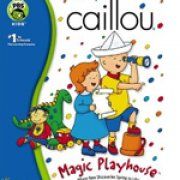
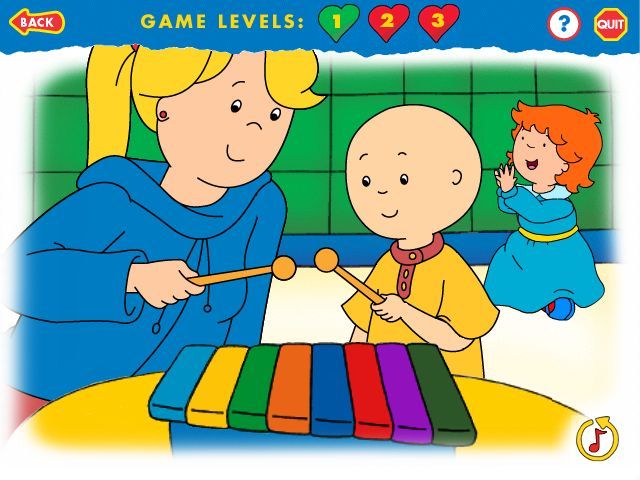

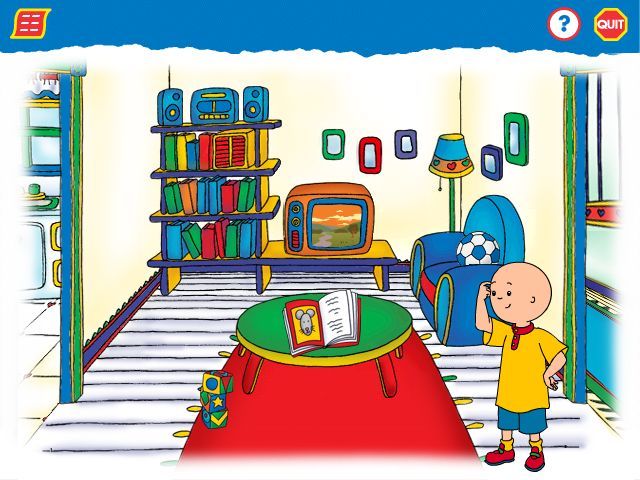
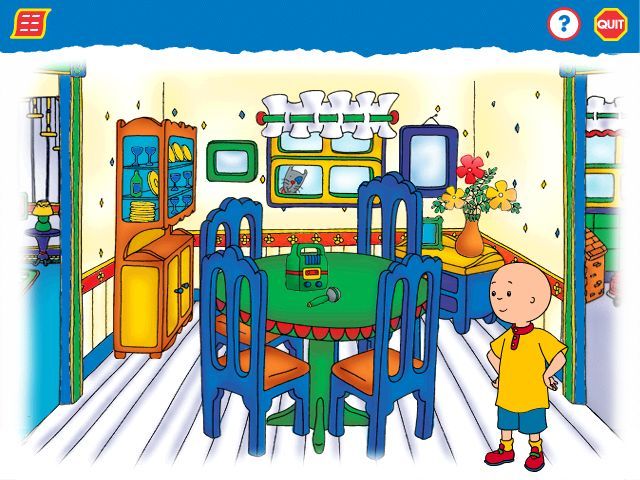
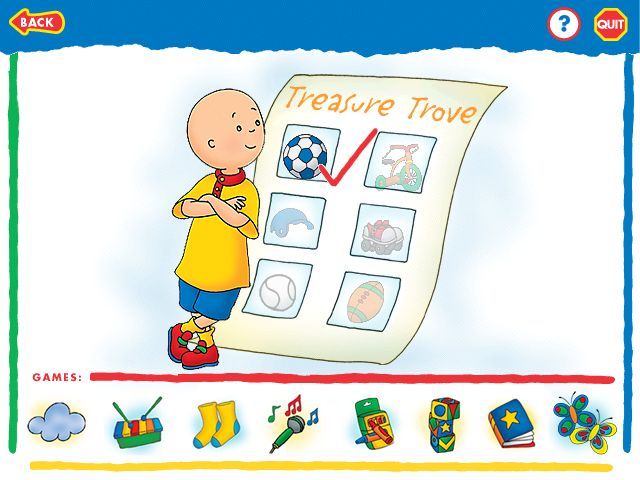



Reviews
There are no reviews yet.